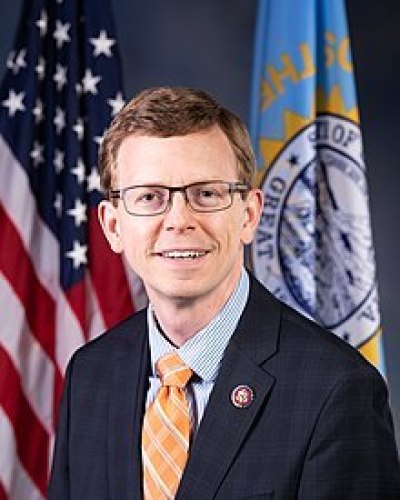4 things to know about the DC statehood debate
4. Republican Congressman introduced an alternative to D.C. statehood bill

Rep. Dusty Johnson, R-S.D., has introduced the “District of Columbia-Maryland Reunion Act” that would make much of the area that currently comprises the District of Columbia part of Maryland, thus giving the area representation in Congress.
The bill would “reduce the size of the seat of the government of the United States to the area comprised of the principal Federal monuments, the White House, the U.S. Capitol, the U.S. Supreme Court building, and the federal, executive, legislative, and judicial office buildings located adjacent to the Mall and the Capitol.” Additionally, the legislation would “provide for the retrocession of the remaining area of the District of Columbia to the state of Maryland.”
“Accordingly, the District of Columbia would clearly and constitutionally have two senators and a representative with full voting rights by ceding the District of Columbia to Maryland after Maryland’s acceptance of such retrocession, while maintaining the exclusive legislative authority and control of Congress over the National Capital Service Area in the District of Columbia,” Johnson wrote.
After giving a detailed description of the new boundaries of the District of Columbia and Maryland under his proposal, Johnson acknowledged that ceding the District of Columbia back to Maryland would result in a “temporary increase in apportionment.”
While the number of members of the House of Representatives is fixed at 435, the number of House members would temporarily increase to 436 to accommodate “the individual serving as the delegate to the House of Representatives from the District of Columbia” as a member of Congress from Maryland until the decennial apportionment process can take place. At that point, the roughly 700,000 residents of Washington, D.C., would be included in the apportionment population from which the 435 members of Congress are assigned.




























